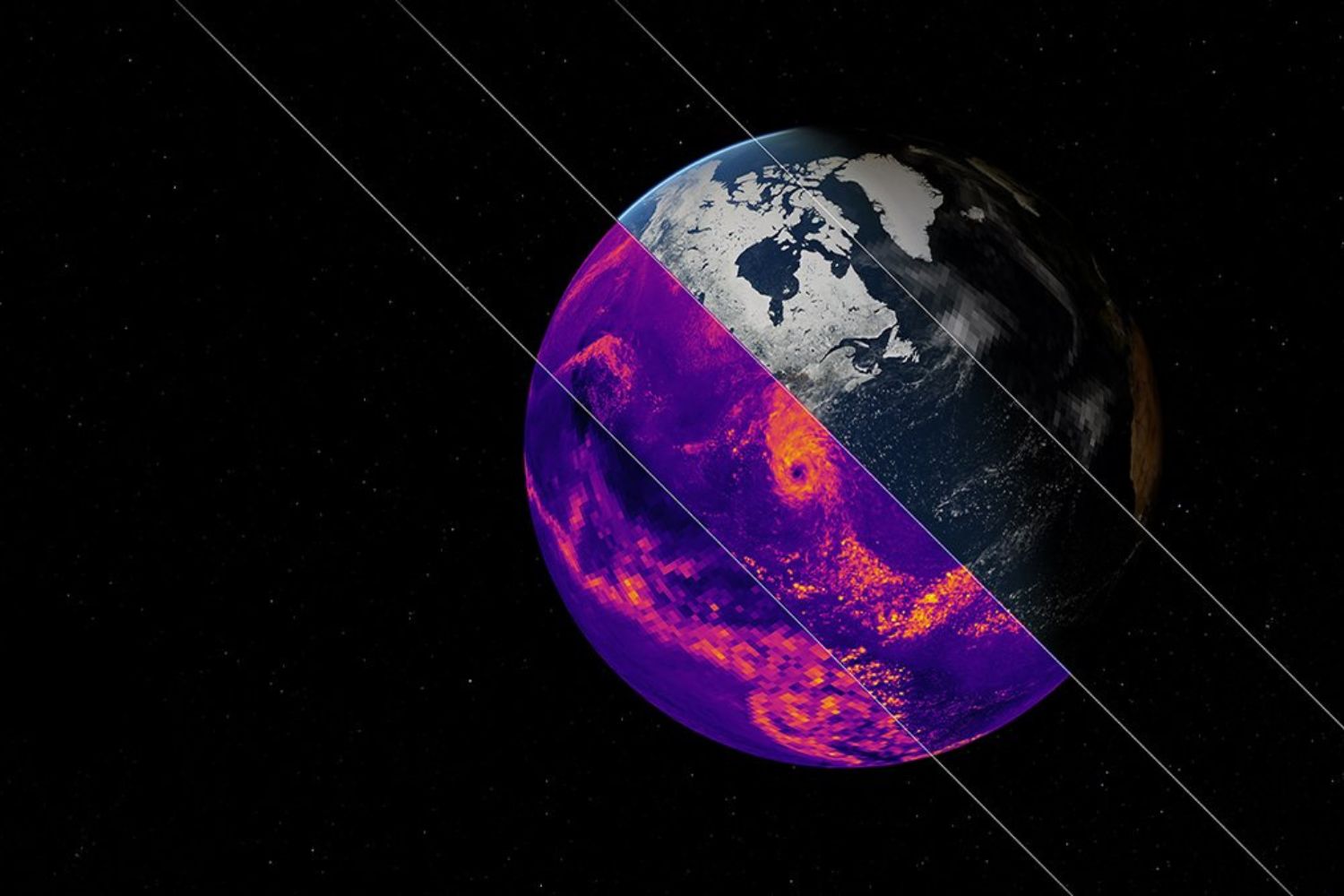Nvidia's cBottle uses AI to simulate global climate with unmatched resolution, aiming to make weather prediction faster, cheaper, and more accessible.

@NVIDIAEU (X)
Table of contents
Imagine compressing the world’s climate into a digital bottle — and being able to shake it up to see what happens next. That’s the metaphor Nvidia leans into with Climate in a Bottle, or cBottle, a new generative AI model designed to simulate global climate with unprecedented resolution and speed. As part of its Earth-2 platform, cBottle promises to help scientists predict extreme weather events, reduce computational costs, and ultimately support more accurate climate adaptation strategies.
How cBottle works
At its core, cBottle is a two-stage AI emulator. It first generates low-resolution global climate simulations at about 100 kilometers (62 miles), then refines them to a high-resolution output of just 5 kilometers (3.1 miles). This enhancement relies on a locally trained neural network using super-resolution techniques, enabling the system to reproduce climate fields in remarkable detail while using far less energy than traditional physics-based models.
Rather than crunching vast systems of equations as conventional models do, cBottle learns from past data, processing variables like sea surface temperature, solar radiation, and historical atmospheric conditions. It pulls from massive datasets such as ERA5 and ICON, and can fill in missing information, correct for bias, and generate plausible weather conditions — all while squeezing terabytes of raw data into just a few gigabytes of neural parameters.
Why it matters: speed, cost, and access
The ability to generate high-quality simulations in weeks instead of months, and on less expensive hardware, could change the game for meteorological research. Traditional climate models require massive supercomputers and access to specialized facilities — luxuries many smaller research centers can’t afford. “With cBottle, we can democratize simulation,” say Nvidia researchers.
This shift could enable localized forecasting, which is crucial not only for urban planning and agriculture, but also for disaster risk management. Insurers, policymakers, and even financial analysts may benefit from being able to simulate how a hurricane might behave over a specific region or what kind of flood risk a changing climate might pose to a given city block.
Partnerships with science at the core
The technology is currently being tested in collaboration with leading research institutions, including the Max Planck Institute for Meteorology (MPI-M) and the Allen Institute for AI (Ai2). These institutions are exploring how cBottle performs when simulating localized phenomena like atmospheric convection, which many traditional models can only approximate.
According to Nvidia, the 5-kilometer resolution unlocks the potential for directly simulating thunderstorms, hurricanes, and heavy precipitation — weather systems that previously had to be modeled through assumptions and statistical guesses. In theory, this level of detail could significantly increase the accuracy and reliability of climate forecasts.
The big “but”: access, ethics, and intent
Still, there’s a lingering question — one voiced clearly by The Wall Street Journal on June 11, 2025: “The question is what else humans will do with it.”
Because even the most sophisticated tools are only as effective as the systems, policies, and people who use them. Will governments use cBottle’s power to support equitable adaptation strategies? Or will the software become a paywalled tool for corporate forecasting, inaccessible to those who need it most?
As it stands, Nvidia licenses the technology, and while they have not announced any restrictions on academic or public sector use, the potential for commercialization and exclusivity is real.
A tool, not a solution
What cBottle offers is extraordinary: faster simulations, better resolution, and a scalable way to understand the complexities of a shifting climate. But it is not a silver bullet. It’s a tool — one with immense potential, but also limitations. The climate crisis will not be solved by AI alone, just as it wasn’t caused by a single technology.
In the end, the effectiveness of tools like cBottle will depend on whether we choose to use them for the common good — or merely to buffer our portfolios from the next big storm.
